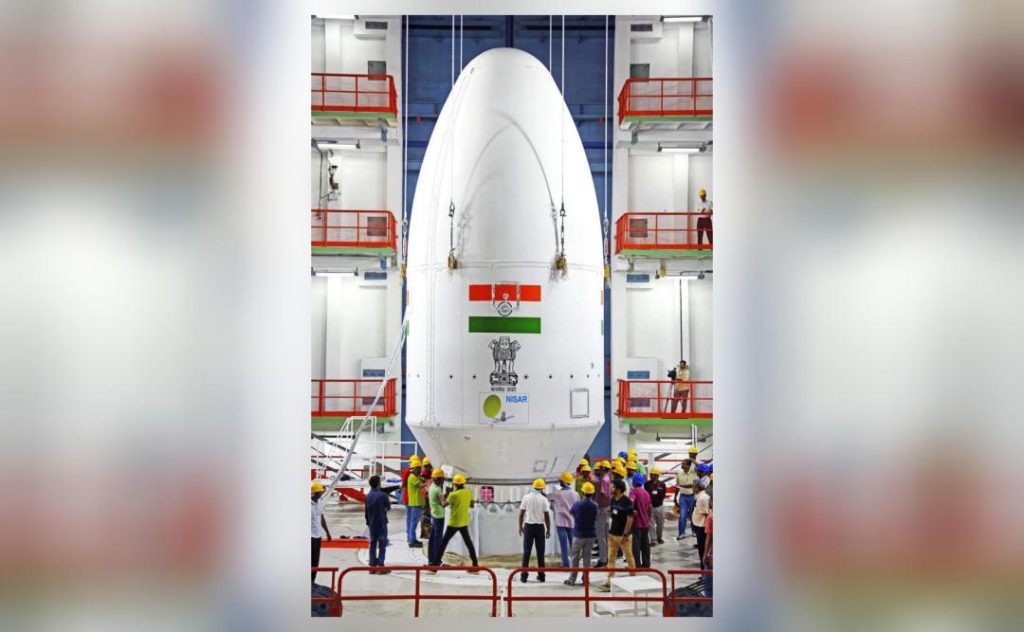
ISRO Shares Pic of ₹13,000-Crore NISAR Satellite Days Before Launch
The Indian Space Research Organisation (ISRO) has taken to its official X handle to share a stunning picture of the ₹13,000-crore NISAR (NASA-ISRO Synthetic Aperture Radar) satellite just days before its much-awaited launch. Scheduled to blast off on July 30, NISAR is set to revolutionize Earth observation with its advanced radar imaging capabilities.
The ISRO took to X to share a high-resolution image of the satellite, captioning it, “NISAR for everyone! NISAR sees through clouds and darkness. 24/7 radar imaging using dual-band SAR. From farmers and scientists to disaster responders, NISAR will empower Earth observation like never before.” The post has already garnered immense attention and excitement among space enthusiasts and scientists alike.
For the uninitiated, NISAR is a joint collaboration between NASA and ISRO, aimed at studying the Earth’s surface and monitoring environmental changes. This state-of-the-art satellite is equipped with a dual-band Synthetic Aperture Radar (SAR) that can penetrate clouds and darkness, providing high-resolution imagery of the Earth’s surface at any time of day or night.
The significance of NISAR lies in its ability to provide data on a wide range of applications, including:
- Land surface monitoring: NISAR will help scientists monitor land use changes, deforestation, and soil moisture levels, enabling more accurate prediction of natural disasters like landslides and floods.
- Sea surface monitoring: The satellite will provide data on sea surface temperature, ocean currents, and sea level rise, essential for understanding climate change and its impacts on coastal ecosystems.
- Disaster response: NISAR’s radar imaging capabilities will enable rapid response to natural disasters, such as earthquakes, hurricanes, and wildfires, by providing critical information to rescue teams and emergency responders.
- Agricultural monitoring: The satellite will help farmers track crop health, detect early signs of stress, and optimize irrigation systems, leading to increased crop yields and reduced water usage.
The ₹13,000-crore NISAR project is a testament to the collaborative spirit between NASA and ISRO, as well as the commitment of both space agencies to advancing our understanding of the Earth and its complex systems.
As NISAR prepares to take to the skies on July 30, the scientific community is eagerly anticipating the wealth of data it will provide. With its advanced radar imaging capabilities and global coverage, NISAR is poised to revolutionize Earth observation and have a profound impact on our understanding of the planet we call home.






